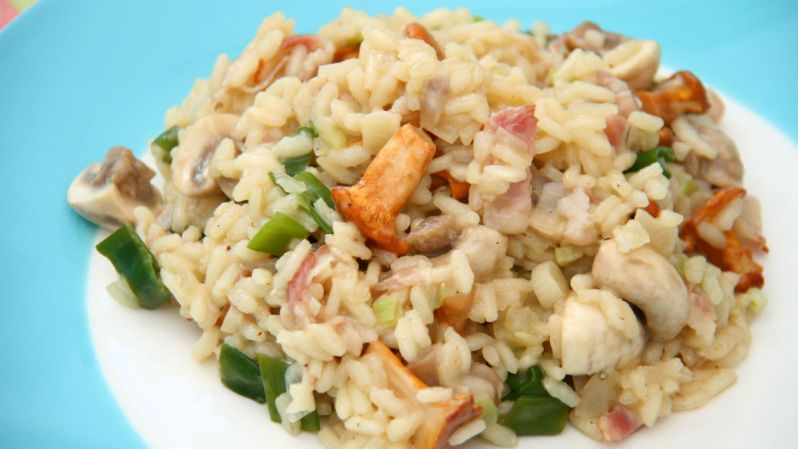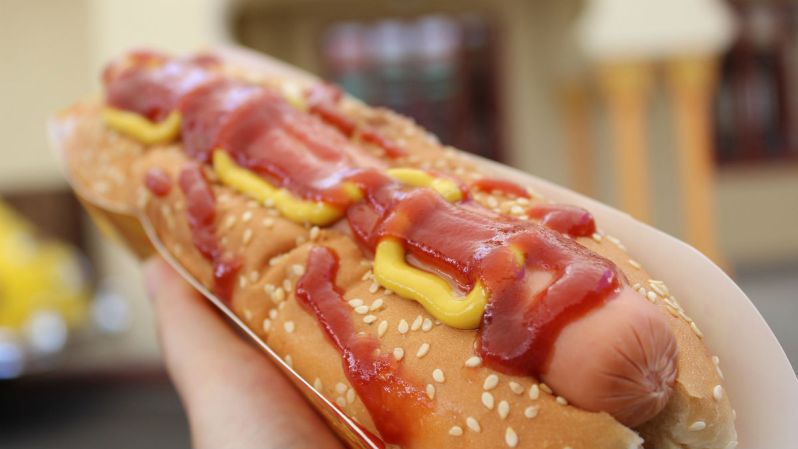Ask 10 people about what they would pair with sake and, unless you’ve got someone who has spent a good deal of time drinking the stuff, it’s almost a sure bet that they’re all going to same the same thing: Japanese food. To be even more specific, they’ll probably all say what you’re also thinking right now: sushi.
There’s nothing wrong with that — most of us have only had sake when it has been served alongside sushi. This sake pairing is delicious, but we wanted to know if there was anything else we could marry with this Japanese wine to make a tasty meal. In order to find out, we sat down with Paul Englert, director of marketing for SakéOne, an Oregon-based sake brewery that has been creating premium sakes for over 20 years.
“Sake is really all about collaboration with food,” says Englert. Because of the low acidity and lack of tannins (compared to wine), Englert says, sake “tends to allow the food to be the food.”
This is beneficial overall because it helps to create harmony between drink and meal. “It’s really hard to make a mistake with sake,” he says.
With that in mind, we asked him what he thought would make some great sake and food pairings.
Futsu (Table Sake) with Mushroom Risotto

“There’s an earthiness in the sake that goes really well with a mushroom risotto,” he says. “The table sake doesn’t fight with umami; it tends to complement it. Other Italian meals that also have those umami flavors going on also go really well with table sake.”
Junmai Ginjo Sake with Burritos

“There is a little more elegance in Junmai Ginjo (compared to the table sake), but it still retains freshness and texture,” he says. “This makes it go really well with foods with a little bit of spice, as you’ll see in some Mexican dishes.”
Nama-Chozo (Draft Sake) with Hot Dogs

“This may sound like an unconventional pairing, but because draft sake is only pasteurized once (compared to twice with other sakes), it has refreshing quality that can easily replace an amber lager or another type of beer that you’d have at a cookout.”
Junmai Ginjo with Fried Chicken

“You want a Junmai Gingo for this pairing because of the umami and the richness and saltiness in the fried chicken. If you go too delicate in your sake (such as a Daiginjo), it would be overwhelmed.
Sparkling Sake with Popcorn

“The light, refreshing bubbles in a sparkling sake go really well with popcorn, as they complement the light butter and salt flavors. The carbonation, too, helps this pairing excel.”
Nigori Sake with Chocolate Bundt Cake

“All sake tends to have a slightly sweet taste, but Nigori sake, because of process through which is made and the eventual texture, there tends to be a perception of sweetness. This means it works really well as a dessert pairing. You just want to make sure your cake is not frosted — instead pour the Nigori over the cake!”



